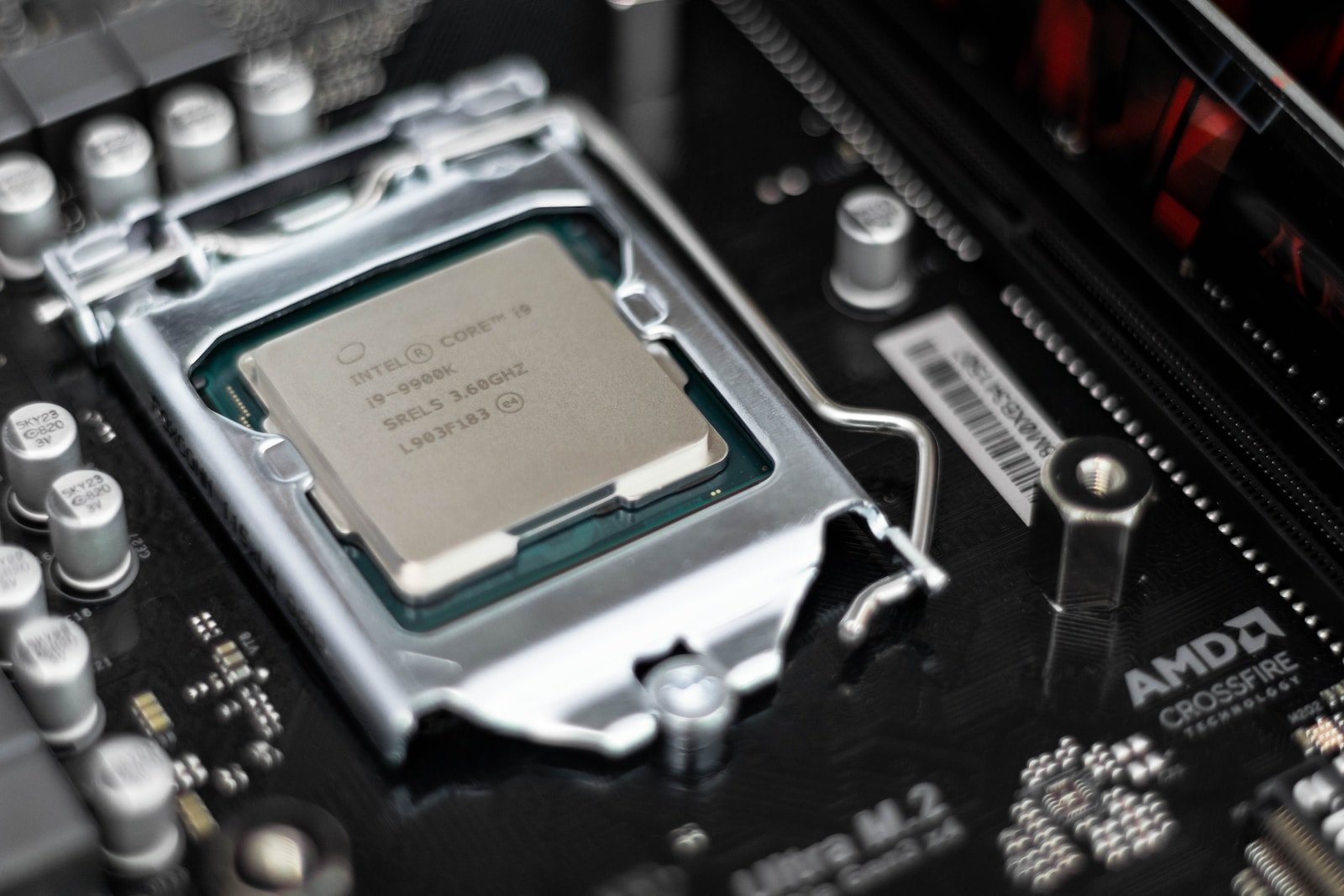Introduction
With the rapid growth of smart devices and the Internet of Things (IoT), home automation has become increasingly popular. From controlling lights and thermostats to managing security systems and appliances, IoT technology offers convenience and efficiency. However, with this increased connectivity comes the need for a secure IoT network to protect your home and personal data. In this article, we will explore the steps you can take to set up a secure IoT network for your home automation system.
1. Secure Your Wi-Fi Network
The foundation of a secure IoT network starts with a secure Wi-Fi network. Begin by changing the default username and password for your Wi-Fi router. Use a strong, unique password that combines letters, numbers, and special characters. Regularly update the firmware of your router to ensure it has the latest security patches.
Enable WPA2 encryption, which provides a higher level of security than older encryption methods. Consider hiding your Wi-Fi network’s name (SSID) to make it less visible to potential hackers. Additionally, disable remote management of your router to prevent unauthorized access.
2. Create a Separate Network for IoT Devices
Setting up a separate network for your IoT devices can add an extra layer of security. Many routers offer the option to create a guest network or a separate VLAN (Virtual Local Area Network) for IoT devices. This isolates them from your main network, reducing the risk of unauthorized access to your personal data.
When setting up the separate network, ensure that it has a different SSID and password from your main network. This way, even if a hacker gains access to your IoT network, they won’t be able to easily navigate to your other devices or personal information.
3. Use Strong and Unique Passwords
One of the most critical steps in securing your IoT network is to use strong and unique passwords for all your devices and accounts. Avoid using default passwords and choose passwords that are at least 12 characters long, combining uppercase and lowercase letters, numbers, and special characters.
Consider using a password manager to generate and store your passwords securely. This will help you manage multiple passwords without the risk of forgetting them or resorting to using weak passwords.
4. Keep Devices and Firmware Updated
Regularly updating your IoT devices and their firmware is essential for maintaining security. Manufacturers often release updates that address vulnerabilities and improve the overall security of their devices.
Enable automatic updates whenever possible, or regularly check for updates manually. This applies not only to your smart devices but also to your router and any other network-connected devices in your home.
5. Implement Network Segmentation
Network segmentation involves dividing your network into smaller, isolated segments. This helps to contain any potential security breaches and prevents unauthorized access to critical devices or data.
Consider segmenting your IoT devices into separate VLANs based on their functionality or level of security required. For example, you can group your smart security cameras together, separate from your smart thermostats or entertainment systems.
6. Enable Two-Factor Authentication
Two-factor authentication (2FA) adds an extra layer of security to your IoT devices and accounts. It requires users to provide an additional piece of information, such as a verification code sent to their mobile device, in addition to their password.
Enable 2FA whenever it is available for your IoT devices and any associated accounts, such as smart home hubs or cloud services. This will significantly reduce the risk of unauthorized access, even if your password is compromised.
Conclusion
As home automation becomes more prevalent, securing your IoT network is crucial to protect your privacy and personal data. By following these steps, you can significantly enhance the security of your IoT devices and enjoy the benefits of a smart home without compromising your safety.
Remember, securing your IoT network is an ongoing process. Stay informed about the latest security practices and regularly update your devices and network to stay one step ahead of potential threats.







